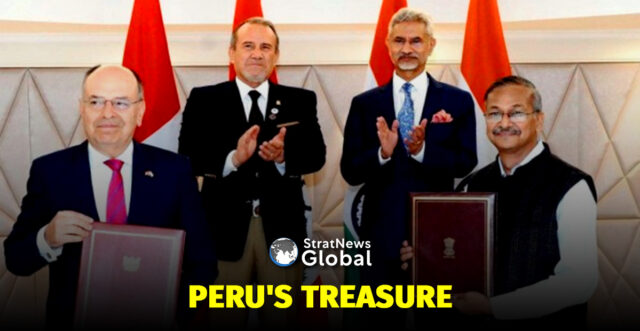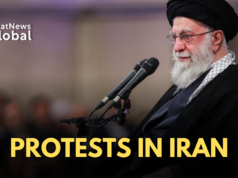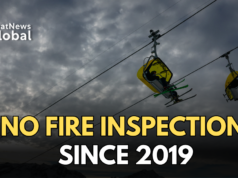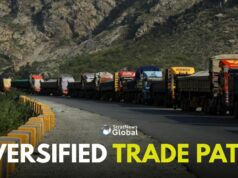India is sharpening its focus on Peru as a senior delegation prepares to attend PERUMIN 37, Latin America’s leading mining convention, from September 22 to 25 in Arequipa.
The visit reflects New Delhi’s effort to secure diversified mineral supply chains and expand economic and technological cooperation with resource-rich partners.
The Indian delegation will be led by Vivek Kumar Bajpai, Joint Secretary in the Ministry of Mines, and will include senior officials from the Ministries of External Affairs and Steel, the Indian Bureau of Mines, and the Geological Survey of India. Representatives from major Indian companies—SAIL, NMDC, MOIL, Coal India, HCL, GAIL, and Jindal Steel & Power—are also part of the mission, underscoring industry interest in Peru’s mining sector.
“This is more than an industry convention. It’s a bridge connecting Peru’s mineral wealth with India’s development goals,” said Javier Manuel Paulinich Velarde, Ambassador of Peru to India. “This engagement can turn shared opportunities into enduring partnerships that promote clean energy, innovation, and inclusive progress.”
Peru has become a key partner in India’s pursuit of critical and strategic minerals. While gold has dominated bilateral trade—over 357 tons exported to India between 2014 and 2023—the focus is now shifting to lithium, copper, and rare earths.
At the centre is the Falchani lithium deposit, one of the world’s largest hard-rock reserves. With 9.5 million tonnes of lithium carbonate resources, Peru is building South America’s biggest lithium refinery, expected to start production in 2027. Once operational, it will supply up to 100,000 tonnes of battery-grade lithium carbonate annually.
The project aligns with India’s ambitions in electric mobility and renewable energy, sectors that depend heavily on lithium-ion technology. Beyond lithium, Peru’s copper, silver, zinc, and iron reserves, along with new finds of rare earths, add to its strategic significance.
India and Peru are negotiating a Free Trade Agreement (FTA), expected to conclude in 2025. For the first time, India has proposed a dedicated chapter on critical minerals to secure preferential access, encourage joint exploration, and stabilise pricing for long-term supply chains.
According to sources familiar with the talks, India is also seeking frameworks for investments in mineral extraction and refining, particularly in lithium and copper, where global competition is intensifying. Peru, meanwhile, aims to diversify exports and views India as a reliable partner with strong growth prospects.
Despite robust gold trade, Indian investment in Peru’s mining sector has been limited. In a recent conversation with StratNews Global, Peru’s Foreign Minister Elmer Schialer noted this gap and invited Indian firms to explore opportunities in mining and energy.
One promising but complex area is Peru’s lithium-uranium overlap, which requires specialised extraction capabilities. Indian companies are showing interest, viewing Peru not only as a supplier but also as a partner in value-added mineral processing.
Peru’s participation in the Voice of Global South Summit earlier this year signalled closer alignment with India’s positions on climate change, sustainable growth, and trade equity.
PERUMIN 37 comes at a critical moment for Peru, as it prepares for national elections in 2026 amid political and economic challenges. The mining sector, vital to Peru’s economy, is being called to lead reforms against illegal activity, cut red tape, and attract foreign capital.
For India, taking part in this year’s convention is both symbolic and strategic. It reflects a long-term approach to securing critical resources, strengthening ties with Latin America, and advancing its role as a global manufacturing and energy hub.
With bilateral trade already crossing $4 billion and new areas of cooperation opening, India and Peru appear set to take their partnership to the next level—anchored in shared interests, sustainable growth, and mutual trust.





